Decorative screens are a part of history. They orginiated in China and, originally, were hand carved works of art, and, very heavy. When the Japanese started using screens they were constructed from lighter material and this made them movable. There, they were used to create rooms within a room. With the advent of European travel in Asia, screens were introduced to the world.
Today, screens can offer an interior design client may different functions. In a loft-style home, or one without a defined foyer, the screen can be used to define the space
. They can also provide a backdrop for a seating area, as pictured here.
On a long wall, screens can be used as artwork and help draw the eye upward.
The use of this open screen helps define the division between the living room and dining room without losing any of the lovely natural light that streams in the window. A solid screen would have been to heavy for this light and airy space.
An awkward corner niche becomes interesting with the use of the screen.
I am a sucker for old ceiling tins, the patina on these and the texture make a stunning backdrop for this table for two. This is most likely a DIY project.
Today, we use screens in many different ways, I have used screens in the ways already mentioned, as well as, to hide workspaces, treadmills, weights, and play spaces for children. How have you used yours?
Thanks to Veranda for the images.















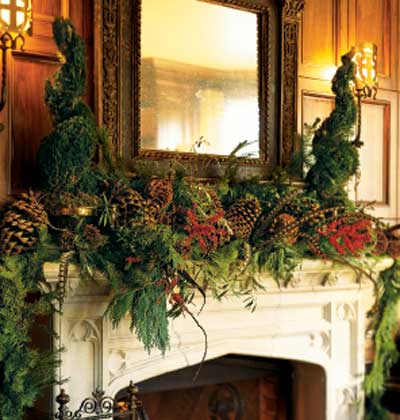



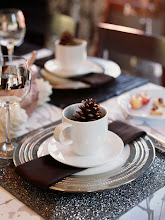

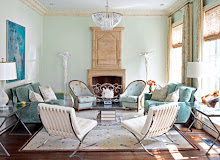


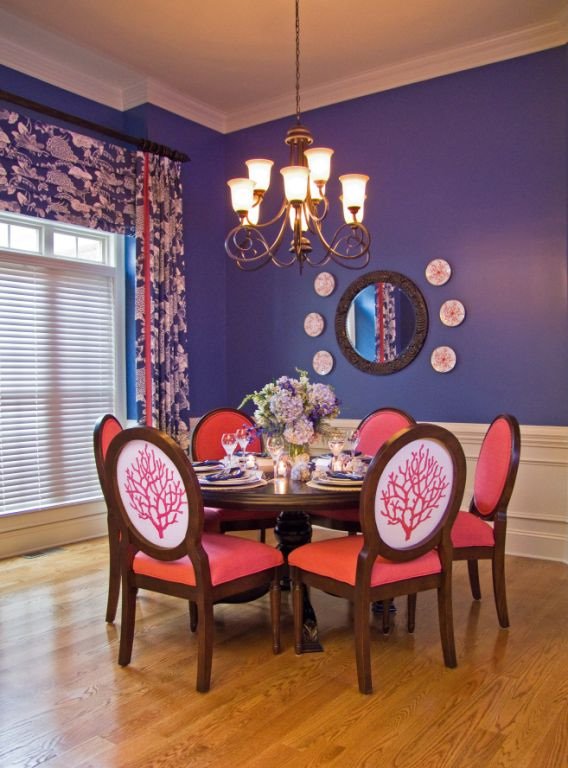










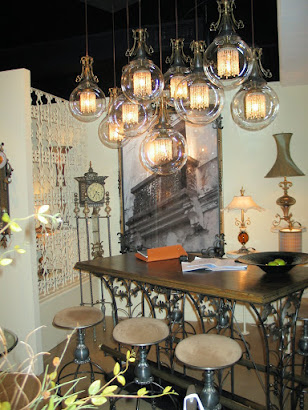



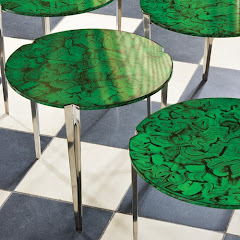








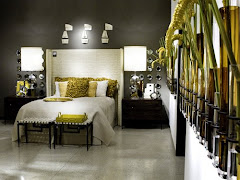
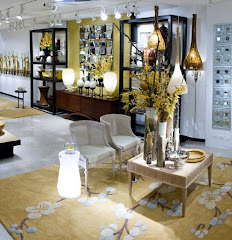



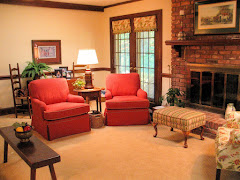
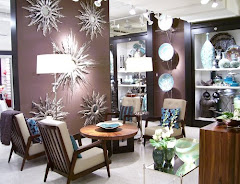


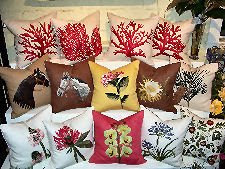
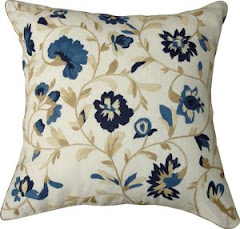


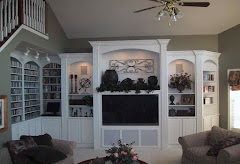
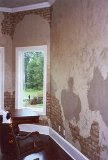



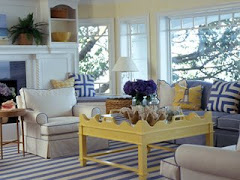




No comments:
Post a Comment